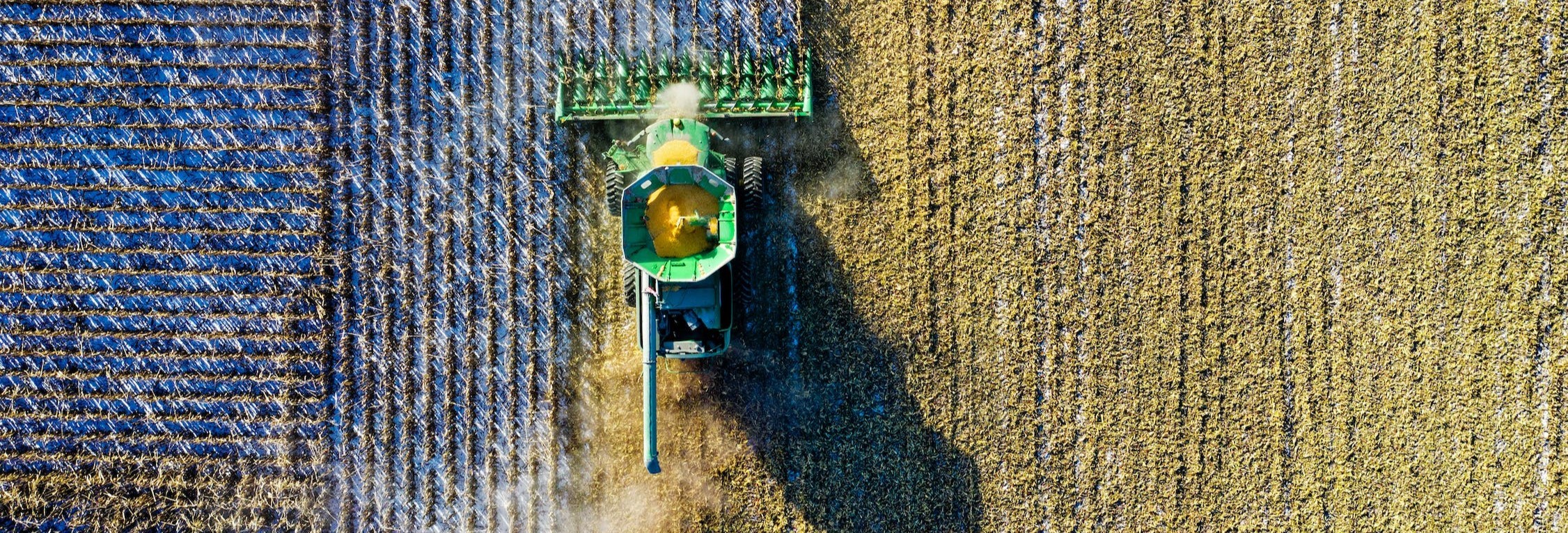Abstract
The world is facing increasing food demand and climate change. To improve piglet survivability and sow welfare through microenvironment management using precision technology, a USDA sponsored research project started in 2021 and is ongoing. A comprehensive yet low-cost system was designed and developed for continuous and real-time microenvironment monitoring in three rooms of Farrowing Building #1 at the Animal Sciences Research and Education Center, Purdue University. The system consists of two gas analyzers and 103 different sensors, including sensors in a weather station. The first trial of the project was conducted from Jan. 13 to Feb. 8, 2023, when the rooms were set at different temperatures, which were controlled by heating and ventilation. Preliminary results during the first trial revealed that the monitoring system can perform comprehensive and continues measurement of the indoor environment. They also demonstrated the dynamic nature and the interaction of different environmental variables in the three farrowing rooms. The results can be used to assist the assessment of sow and piglet productivity and welfare under different microenvironment conditions.
Key words: Microenvironment monitoring, animal welfare, precision technology
Start Date
2-3-2023 3:00 PM
Recommended Citation
Kim, Jun Ho, "Comprehensive Microenvironment Monitoring for the Productivity and Welfare of Sows and Piglets" (2023). Graduate Industrial Research Symposium. 18.
https://docs.lib.purdue.edu/girs/2023/posters/18
Comprehensive Microenvironment Monitoring for the Productivity and Welfare of Sows and Piglets
The world is facing increasing food demand and climate change. To improve piglet survivability and sow welfare through microenvironment management using precision technology, a USDA sponsored research project started in 2021 and is ongoing. A comprehensive yet low-cost system was designed and developed for continuous and real-time microenvironment monitoring in three rooms of Farrowing Building #1 at the Animal Sciences Research and Education Center, Purdue University. The system consists of two gas analyzers and 103 different sensors, including sensors in a weather station. The first trial of the project was conducted from Jan. 13 to Feb. 8, 2023, when the rooms were set at different temperatures, which were controlled by heating and ventilation. Preliminary results during the first trial revealed that the monitoring system can perform comprehensive and continues measurement of the indoor environment. They also demonstrated the dynamic nature and the interaction of different environmental variables in the three farrowing rooms. The results can be used to assist the assessment of sow and piglet productivity and welfare under different microenvironment conditions.
Key words: Microenvironment monitoring, animal welfare, precision technology


